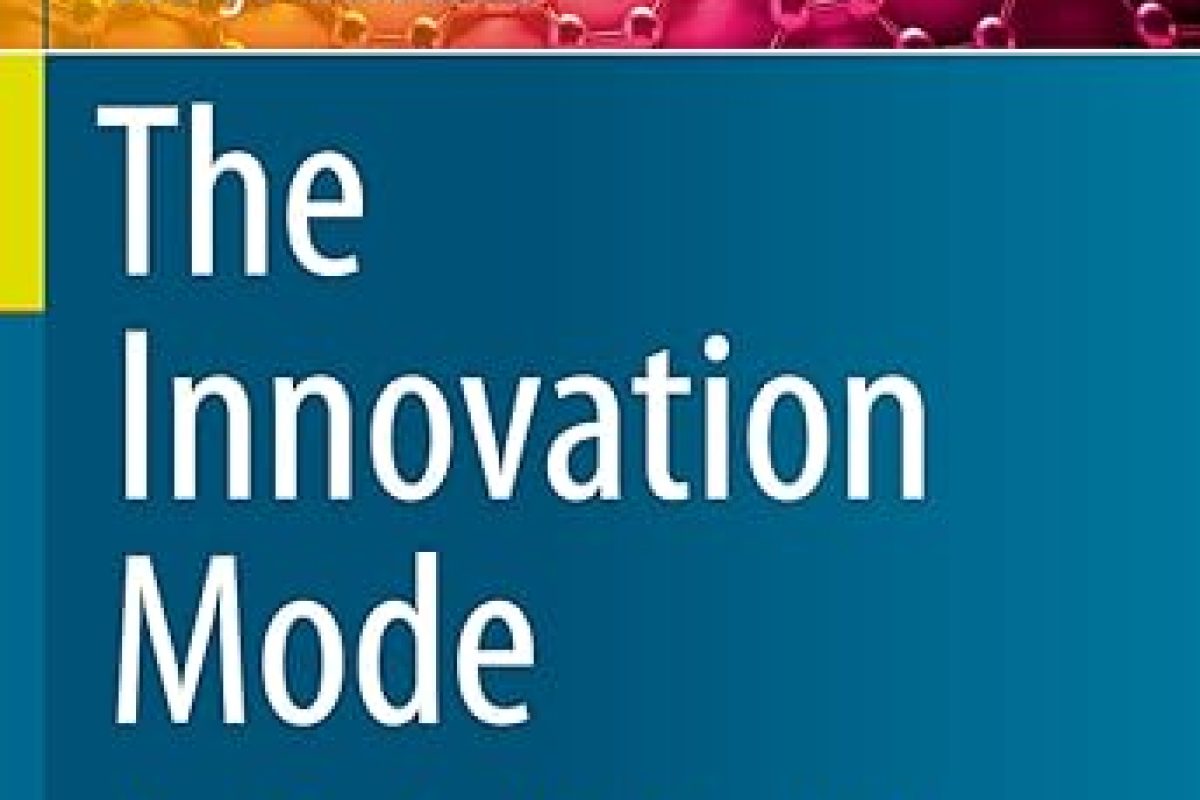In “The Innovation Mode,” author George Krasadakis offers a strategic and comprehensive guide aimed at transforming organizations into entities capable of sustained innovation. Krasadakis, a seasoned technologist and innovation consultant, distills his extensive experience into actionable insights that promise to turn any company into an innovation powerhouse. This book is not only a manual for introducing innovation but also a thoughtful exploration of how to embed it into the very fabric of an organization’s culture.
The book is structured around the central premise that innovation must be systemic and institutionalized rather than sporadic and ad-hoc. Krasadakis introduces the concept of “Innovation Mode,” which is an organizational state where innovation is continuous and ingrained in everyday business practices. He argues that for a company to truly excel in today’s competitive environment, it must adopt this mode as its default operational setting.
One of the key strengths of “The Innovation Mode” is its clear and structured approach to explaining how organizations can achieve this state. Krasadakis breaks down the transformation into several phases, each of which is detailed with specific strategies, tools, and methodologies. These phases include setting the innovation agenda, creating the right cultural framework, deploying the appropriate technology and tools, and finally, managing and sustaining innovation.
Krasadakis places a strong emphasis on the cultural aspects of innovation. He argues that without the right mindset and cultural foundation, tools and processes are likely to be ineffective. This section of the book is particularly insightful, providing leaders with guidance on fostering a culture that encourages risk-taking, values creativity, and supports experimentation. He provides practical advice on how to overcome common cultural barriers to innovation, such as fear of failure and resistance to change.
Another compelling aspect of the book is its focus on leveraging technology to support innovation. Krasadakis, with his background in technology, provides a nuanced perspective on how digital tools and platforms can be used to enhance creativity and streamline innovation processes. He discusses emerging technologies such as artificial intelligence and blockchain, explaining their potential roles in enhancing innovation capabilities.
Throughout the book, Krasadakis uses a variety of case studies and real-world examples to illustrate his points. These examples not only make the theoretical concepts more relatable but also show how different strategies can be applied in practice. The case studies cover a wide range of industries, from technology to manufacturing, which broadens the appeal of the book and provides valuable insights for leaders across all sectors.
“The Innovation Mode” also addresses the challenge of sustaining innovation over time, a topic often overlooked in similar texts. Krasadakis provides strategies for maintaining momentum and keeping the innovation pipeline active, emphasizing the importance of continuous learning and adaptation.
The book’s practical approach is rounded out with numerous diagrams, checklists, and frameworks that leaders can directly apply in their organizations. These tools make the book not just a read but a workbook that can be revisited as leaders guide their organizations through different stages of the innovation journey.
Overall, “The Innovation Mode” by George Krasadakis is an essential read for business leaders, managers, and innovators aiming to embed a deep-seated culture of innovation in their organizations. It offers a well-researched, intelligently presented, and ultimately practical roadmap for transforming any organization into an innovation powerhouse. This book stands out as a valuable resource for anyone committed to making innovation a core component of their organizational strategy.




